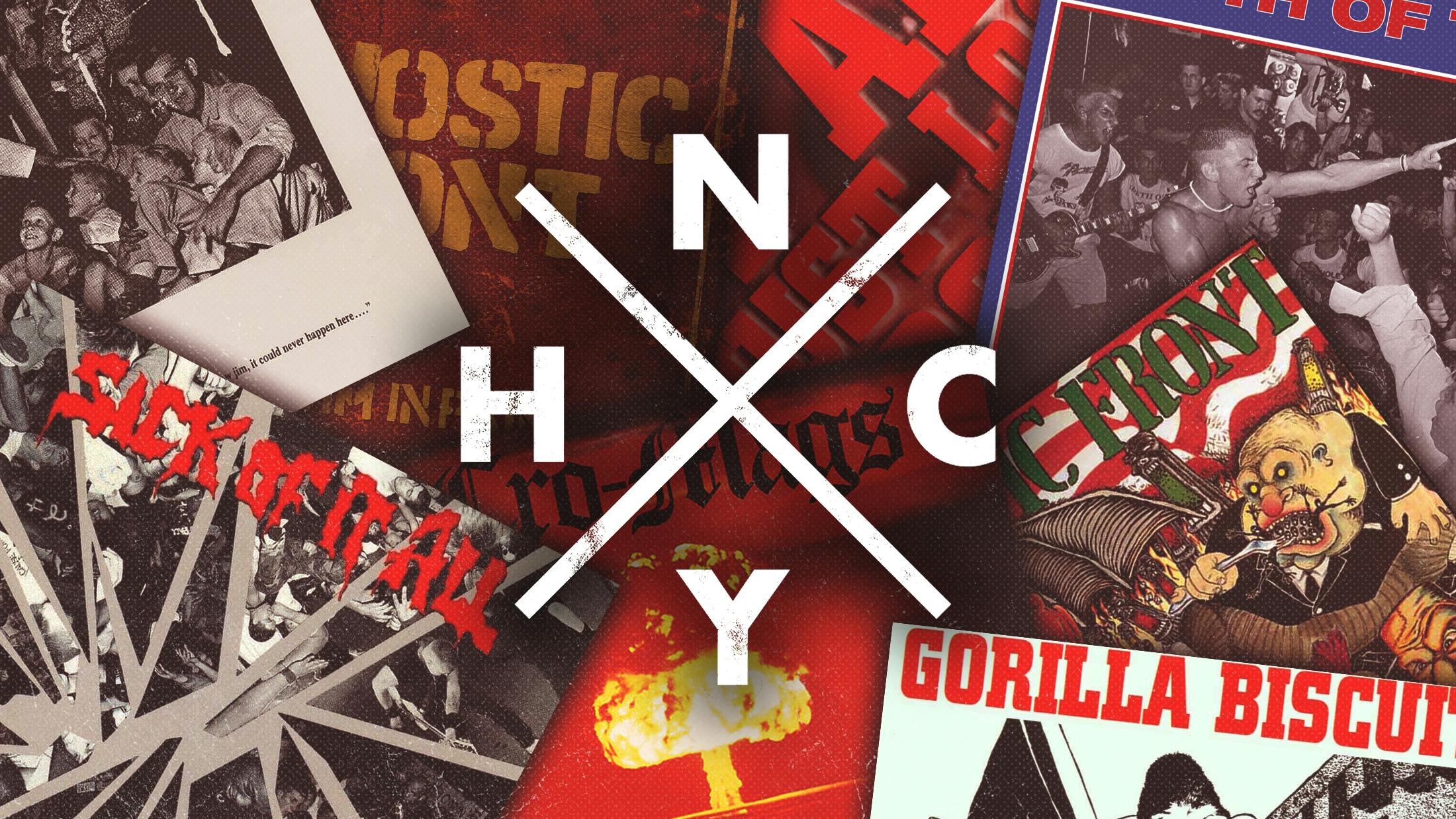At the same time, however, New York was changing in a way that meant the hardcore scene was existing on borrowed time.
“I used to step outside the club and there was an abandoned gas station that had been closed for decades, a Dominican brothel, a bodega that was really a front for selling heroin, a parking lot and an empty lot,” says Brendan Rafferty, a New York hardcore kid turned night manager at CBGB, who worked at the venue until it closed its doors in 2006. “Jump forward 10 years and there’s NYU dorms, the abandoned gas station is now million-dollar condominiums, the Dominican brothel is an expensive handbag store and the bodega is a cigar bar.”
Brendan cites this gentrification process as being what shuttered many of the city’s punk venues, as well as making it a harder place for artists to live and support themselves.
“It also removed a filter,” he says. “In the early and mid-’80s, to come downtown and be part of the New York hardcore scene, it was taking a physical risk (laughs). As progressive as the East Village was, if you had a Mohawk or earrings, people would scream at you on the street.” Still, he remembers his time there fondly, along with the legacy and longevity that New York hardcore created.
“My band never made enough money for me to quit my day job, but my day job contained hardcore,” he says. “I got to do what I loved. I was happy as could be.”
And while the music industry and local scenes have changed irreversibly since the birth of New York hardcore, its impact and its values continue to be felt.
“The people from our world, where it mattered to them, have now infiltrated systems and brought their perception to certain aspects of the music business,” says Walter. “I think that shit’s important: so much of our environment is being co-opted by fewer and fewer corporations and it’s not a good look. Our world created certain ideals that are helpful to you throughout your life. It was something for us that still exists in us.”
